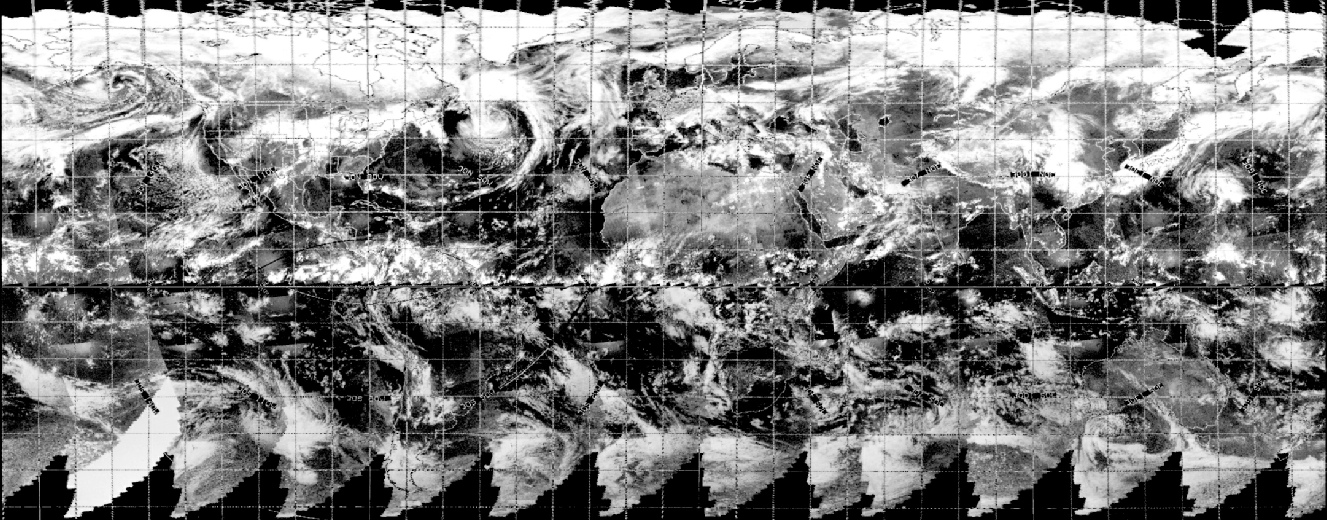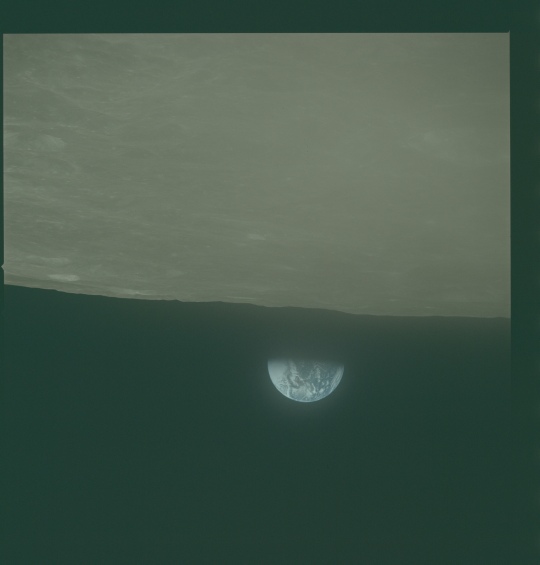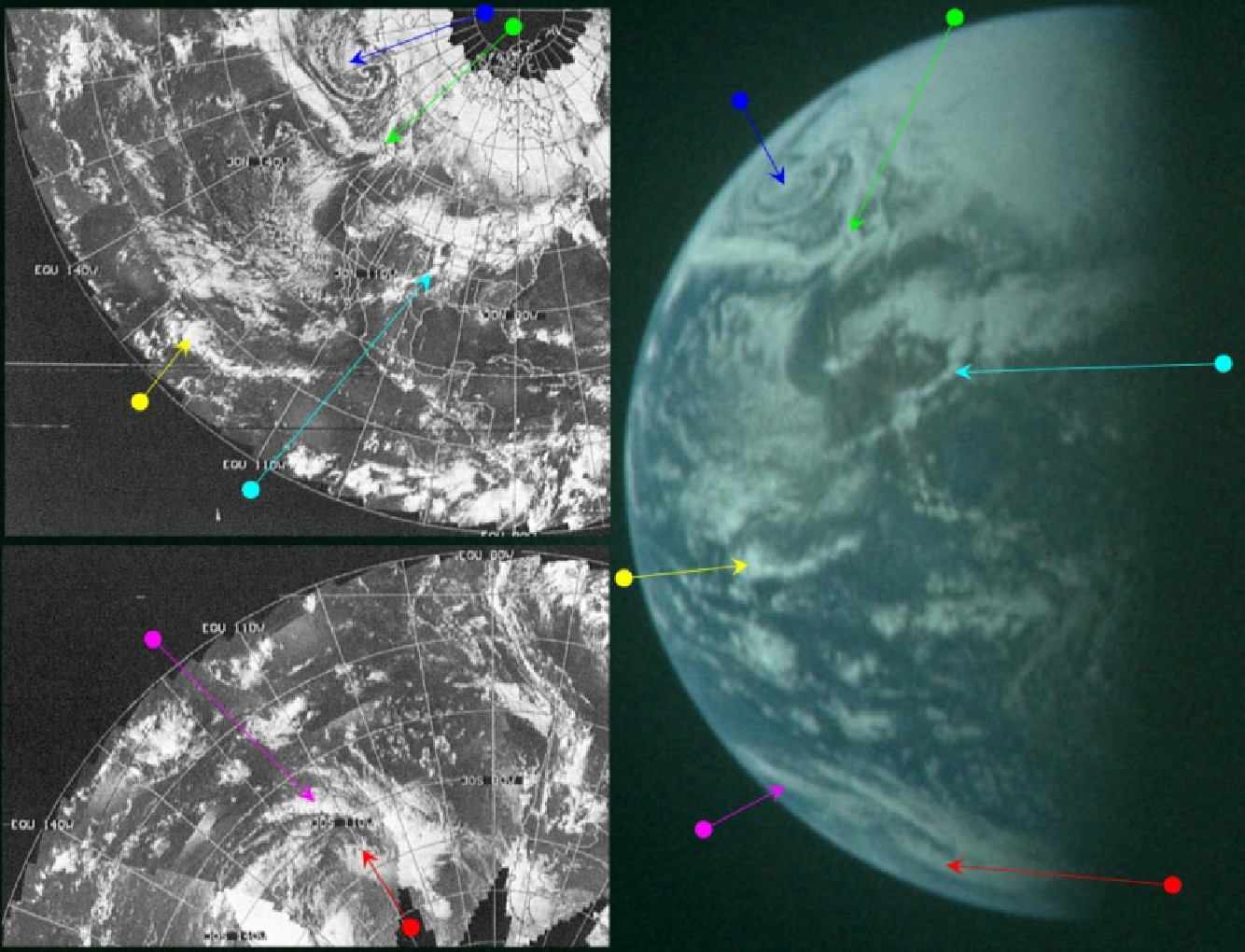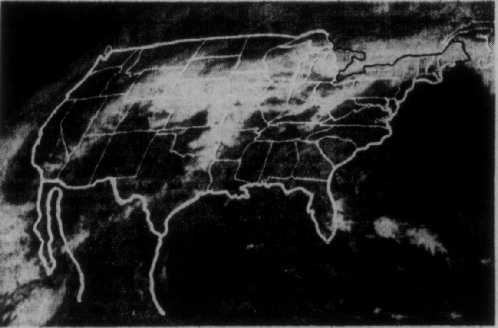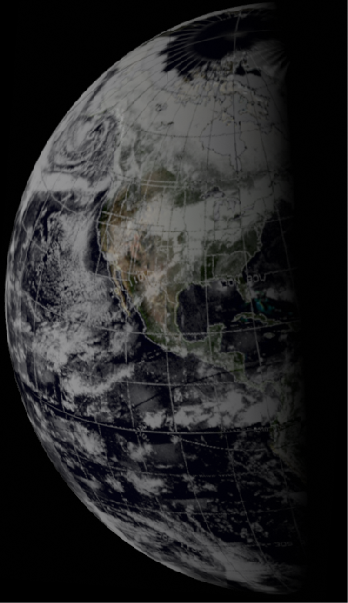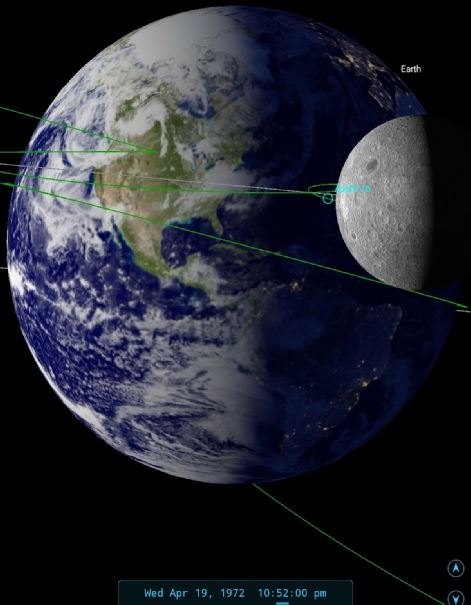4.8.4 - Apollo 16 Day 4 - Lunar Encounter
April 19th sees Apollo 16 approach and enter lunar orbit. While they don’t take the next Earth photograph until their second orbit, they do mention how much they’re enjoying the view to Houston.
072:13:02 Duke: Pete, 16 here. Looking through the telescope at the Earth - It's sure apparent that we live on a pretty planet. The colors are just such [garble] such [garble] such [garble] lot more vivid (laughter) than any of the photographs.
While waiting for AOS to occur on that second orbit, they discuss whether they should bother taking an Earthrise shot, even suggesting that taking photographs of Mare Moscoviense, the Sea of Moscow, instead as a way of scoring yet another propaganda victory against the USSR.
076:50:00 Duke (onboard): You want to get a picture of earthrise?
076:50:03 Young (onboard): Well, probably not. There's probably only been ten million pictures already took of it. But if you're looking for PR, like the Sea of Moscow or some other thing [garble].
Then the moment itself:
076:58:20 Duke (onboard): There it comes; there it comes, you guys!
076:58:23 Young (onboard): Oh, looky at that.
076:58:24 Duke (onboard): Isn't that spectacular?
076:58:26 Young (onboard): Man, instant earthrise!
076:58:28 Mattingly (onboard): Look at that guy creep up.
076:58:32 Crew (onboard): (Applause)
076:58:34 Mattingly (onboard): I don't care if we got 10,000...
076:58:35 Young (onboard): Hello there, Houston.
076:58:36 Mattingly (onboard):... we're going to have 10,001 [garble] of these (laughter) [garble]...
…
076:59:36 Mattingly: We had a chance to watch you get AOS that time. I know we got lots of pictures of it, but you're going to have to look at one more.
So, that gives us a pretty precise time to look at, with 76:58 converting to 22:52 on the 19th. Figure 4.8.4.1 shows the Apollo photo, figure 4.8.4.2 the satellite analysis.
The Apollo photograph is a lone image of Earth on a magazine otherwise dominated by photographs of the lunar surface. Its appearance as a half illuminated disk immediately points to it being relatively early in the lunar portion of the mission, and the first few images in the magazine of a lunar surface confirm it’s taken from in lunar orbit.
Again this image shows north America, and again the weather patterns are considerably different to those featured on the previous day's images. A notable system is the circular 'bullseye' pattern south of Alaska that is very evident on the Apollo and ESSA pictures. The globe is rotated slightly more than in previous ones showing the same broad area, and less of south America is visible. The terminator time here shows 23:00 GMT on the 19th, and this is supported by the ESSA orbit covering north America (track 4) number 4346 commencing at 21:06.
That’s it for the 19th, on to the 20th.
